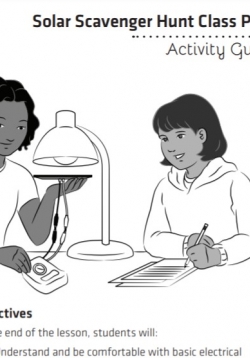
A series of 9 hands-on lessons (grades 2-12) that explore wind and solar energy, cirtcuity and electricity generation using a mixture of design and DIY tools. The includes materials lists and video support guides for implementing the curriculum.

A series of 9 hands-on lessons (grades 2-12) that explore wind and solar energy, cirtcuity and electricity generation using a mixture of design and DIY tools. The includes materials lists and video support guides for implementing the curriculum.
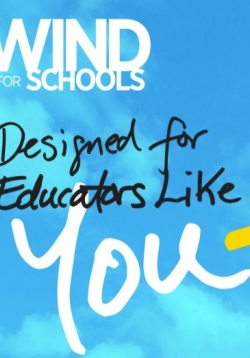
The Wind for Schools program is a career-connected leanring program from the Department of Energy that connects your school with resources around Wind Energy , including curricula, a network of other schools (with wind data) and support in establishing a demonstraiton wind project on your school site.

Generation 180 is a nonprofi working to inspire and equip people to take action on clean energy. The site includes a wealth of resources for engaging student's in exploring how they use energy, understanding how energy decisions are made, and providing them with tools so they can take big or small actions to promote clean energy locally. Two features include the Energy Challenge (to organize class/local challenges) and the Boot Camp virtual course. The site also has reports on school solar, with success stories, trends, and guide for including solar in your school.
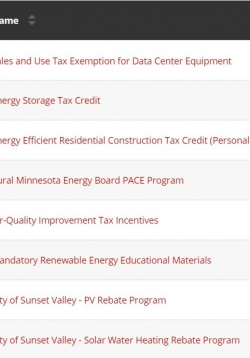
DSIRE is the most comprehensive source of information on incentives and policies that support renewable energy and energy efficiency in the United States. It includes national, state and local policies and incentives for all 50 states and DC.
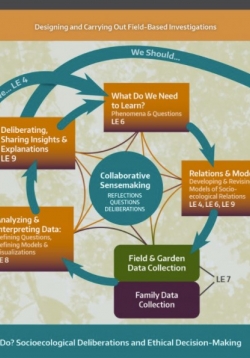
A great learning framework for place- and field-based seasonal exploration, which is an essential aspect of understanding local resources and seasonality that affects energy generation sources and usage. Includes curricular materials in English and Spanish, and materials and family materials and activities as well.
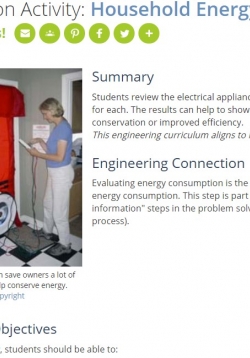
A 45 minute stand-alone lesson that has students exploring how energy is used in their home, and taking data to calculate energy use and support considerations of how to conserve energy in the home.
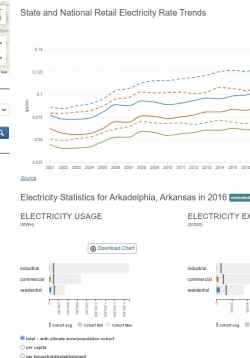
National database that allows users to access a wealth of local and state energy information, in both table and graph formats. Data include energy consumption, energy sources, local energy organizations, energy policies, and energy costs. An excellent resource for place-based research.
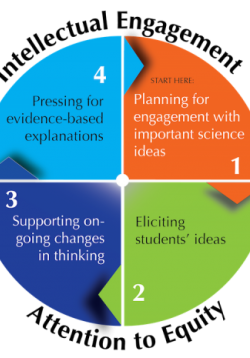
This web site provides a vision of ambitious science instruction for elementary, middle school and high school classrooms. Ambitious teaching deliberately aims to support students of all backgrounds to deeply understand science ideas, participate in the activities of the discipline, and solve authentic problems.
AST features 4 core sets of teaching practices that support these goals. These core sets make up the Ambitious Science Teaching Framework. The framework has been based on classroom research from the past 30 years—research that has asked, “What kinds of talk, tasks, and tools do students need in order to fully engage in meaningful forms of science learning?”
If you are a member of a group of science educators committed to the improvement of teaching, the vision, practices, and tools here will furnish a common language for you about teaching. You will be able to identify “what we will get better at” and how to get started.
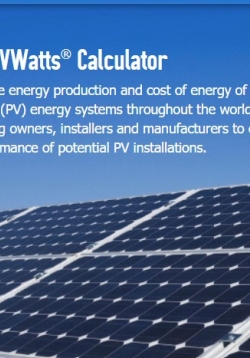
This online resource is a quick and easy-to-use energy production calculator for grid-tied solar PV systems installed throughout the world that uses NREL scientific data. This website is used by solar photovoltaic energy installation and engineering professionals on a daily basis!
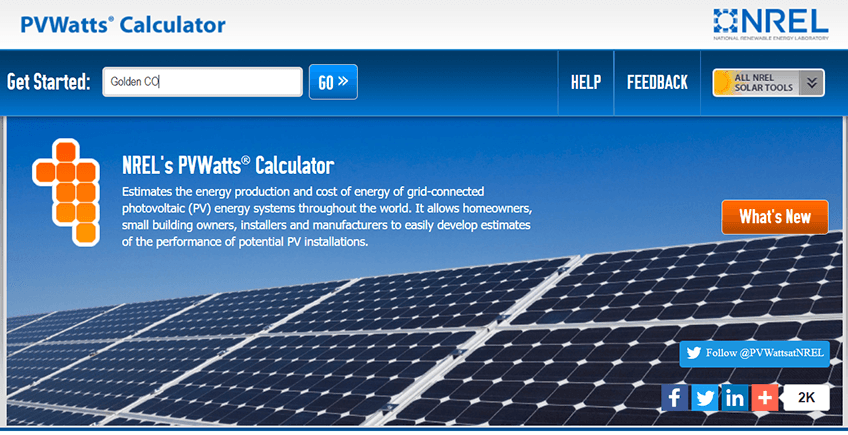
In this three-part comprehensive place-based and project-based unit, students will learn and apply rebnewable energy content to devise action plans at an individual, family, and local level. Students will use primary and secondary research explore energy...
Bonneville Environmental Foundation
1500 SW 1st Avenue, Suite 710
Portland OR 97201
phone: 503-248-1905